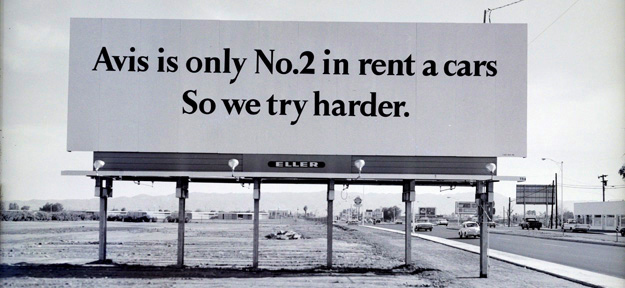The design decision is made by the designer.

I recently saw this tweet about an agreement made in the 1970s between the Avis car rental company and their advertising agency when they launched the “We Try More” campaign with great success. I like this contract, but I especially like this line in it:
In this regard, DDB will submit for approval only the advertising that they recommend as an agency. They will not “watch what Avis thinks about it”.
Apparently, Avis understood that they were paying their ad agency not only for doing something, but also for not becoming something. In the end, the advertising agency understands advertising, and Avis knows everything about car hire. Theoretically, the designer (or design agency) knows the design, and the client (or the manager) does not. That's why you hire a designer — to do work that you can't do.
At this point from the Avis agreement, there is an idea that seems important to me in the work of the designer, but which designers seem to forget: never make a lot of options to give them all to a client or manager and “see what they think about it.”
')
A beginner designer does something similar. An experienced designer decides independently, based on their knowledge and understanding of the project objectives. He creates a layout that best meets these goals, and only then sends it to the manager or client, so that they accept or return it. Then the designer receives comments and, if necessary, makes edits.
(Note, I do not mean that the designer should not make several options at all. He can do them at an early stage of the project when ideas are being generated. These options are not published, they are used within the team to gather feedback until it is found right direction.)
If you are a designer, you get paid to do the design. That is, for making design decisions. Including, throwing all the garbage, which, in your expert opinion, will not work. When you make a bunch of options to offer someone else to make a decision, you discard the designer’s authority and forgive the client or manager to do the work for you. You say: “I don’t know how to make a decision, although that’s what I’ve been taught” or “I’m too scared to decide something”.
As a designer, you must be confident in your competence. And that's where the difference between novice designer and experienced. Design is not only the process of placing the pixels on the screen in a pretty order. Design is a decision-making process when bad ideas are discarded in favor of good ones.
Yes, probably, at some point you put the layout in front of a client or manager, and they will be horrified. Which, by the way, is also productive. In this case, your client or manager will want to express why he believes that this will not work. And then you will take a set of your design decisions and correct it taking into account the new knowledge received from the client, and then you will correct the direction of further work.
This does not mean that you have failed. It's just part of the workflow.
Source: https://habr.com/ru/post/273775/
All Articles